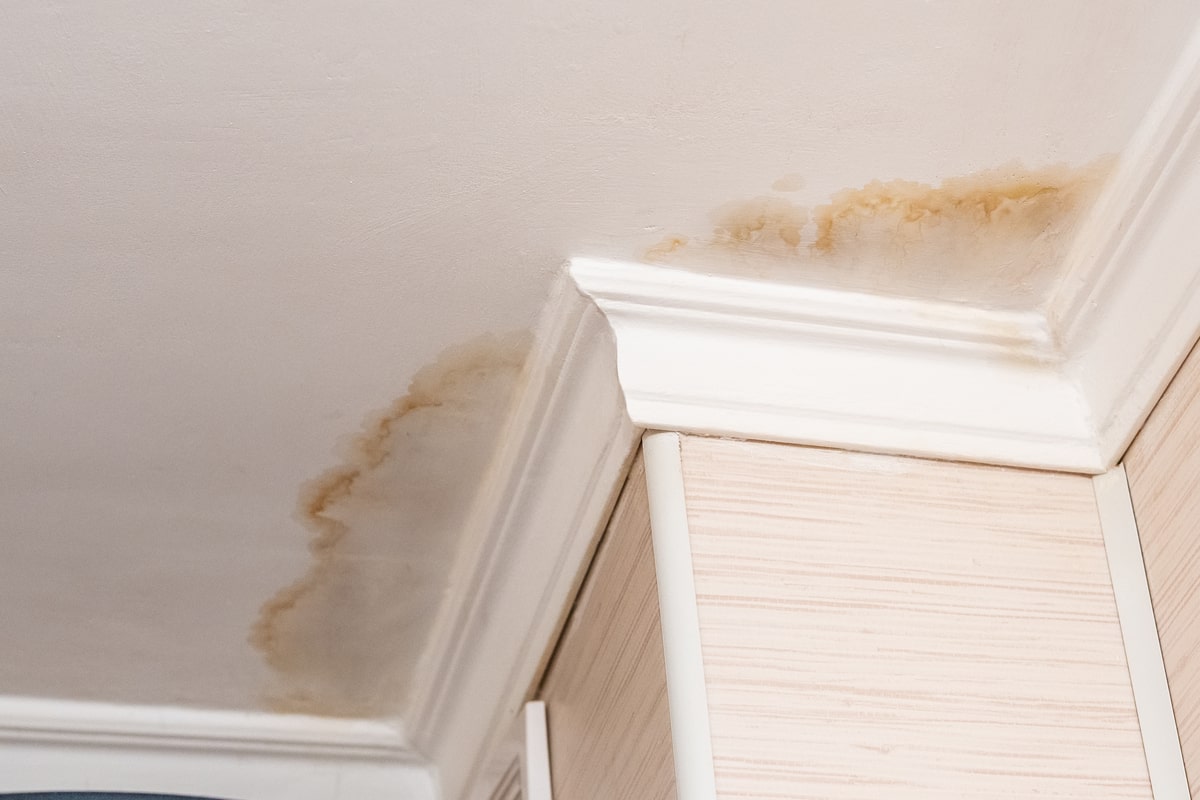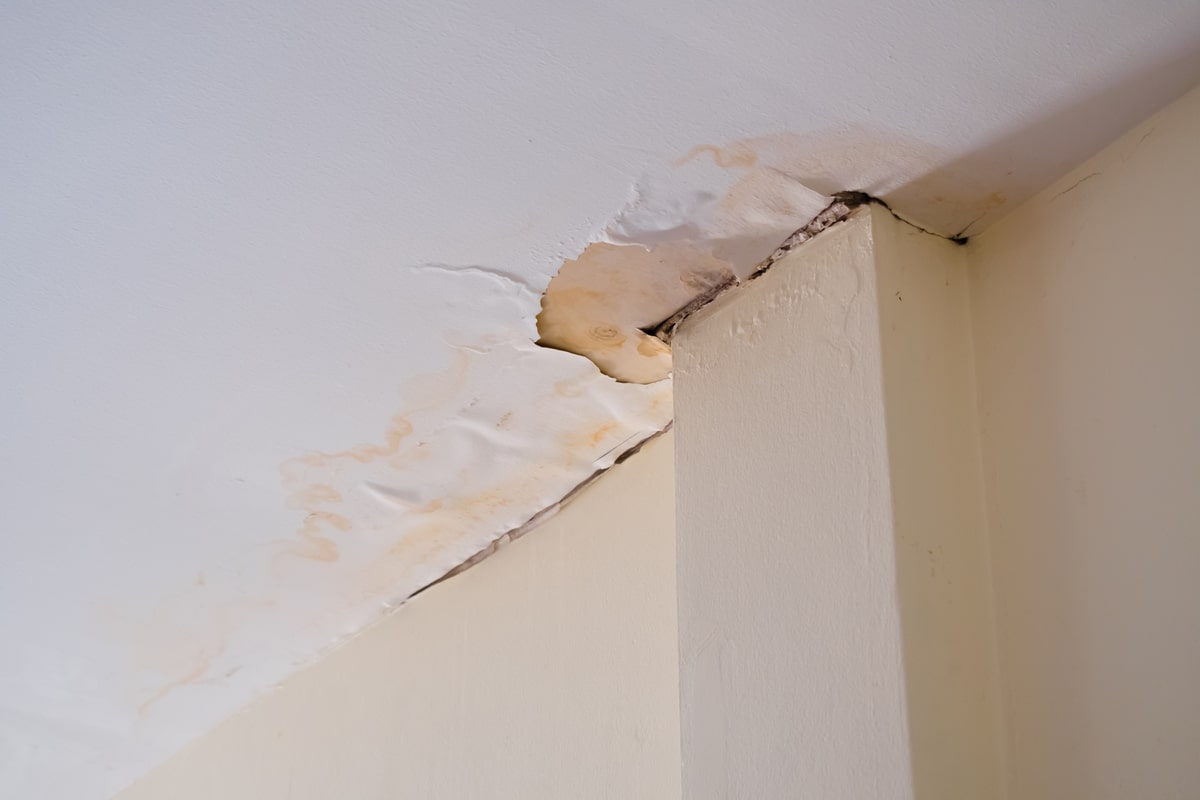Underpaid Insurance Claims Due to Water Damage: What You Need to Know

Water damage can be one of the most disruptive and expensive events a homeowner faces. From soaked drywall to swollen cabinets and rotted subflooring, the damage is often worse than it first appears. Yet even when the policy covers the cause, many insurance payouts fall short of covering the full cost of repairs.
This guide will help you identify underpaid water damage claims, understand why it happens, and show how Claim Supplement Pro can support in recovering the full value of the loss.
Understanding the True Cost of Water Damage in Your Home
Water damage can be sudden, destructive, and expensive to fix. Insurance may cover part of it — but often misses critical components. Understanding the scope of potential damage is the first step in spotting an underpaid claim.
Common sources of water damage include:
- Burst or frozen pipes – When temperatures drop, pipes can crack or explode, releasing water that quickly damages surrounding drywall, ceilings, and flooring.
- Storm-related roof leaks – Hail, wind, or fallen branches can cause small punctures or loose shingles that lead to interior ceiling and wall damage — often worsening if not addressed quickly.
- Plumbing or appliance failures – Washing machines, dishwashers, and supply lines can fail without warning, flooding laundry rooms, kitchens, and basements.
- HVAC drain line backups – Condensation drain lines can clog over time and slowly leak water into walls, ceilings, or mechanical closets, often undetected.
Common Types of Water Damage Covered by Homeowners Insurance
Homeowners policies generally cover sudden and accidental water damage. The most common examples include:
- Pipe bursts that cause sudden flooding in walls or floors
- HVAC backups that overflow and damage ceilings or drywall
- Storm-driven roof leaks that lead to immediate interior damage
- Overflow from appliances like dishwashers or toilets that fail suddenly
However, gradual damage — such as a slow drip over weeks or months — may be excluded or go undetected. This is one of the reasons why insurers partially pay or deny water damage claims, even when the loss seems obvious to the homeowner.
Hidden Costs Insurance May Overlook
Most adjusters only include damage that is visible at the time of inspection. But in real-world scenarios, water travels — and its impact may not be obvious until walls are opened or flooring is removed.
Key costs that are commonly missed:
- Mold and microbial growth – Moisture trapped in walls or under floors creates the perfect environment for mold. Remediation is costly and often isn’t covered unless explicitly documented.
- Damage and swelling inside cabinetry or wall structures – Water that travels behind cabinets or baseboards can cause swelling or structural decay over time — even if surfaces seem dry.
- Drying equipment and demolition costs – Contractors may need multiple air movers, dehumidifiers, or demolition labor to stop further damage. These necessary costs are often missing from the original claim.
- Upgraded materials or code-mandated repairs – Insurance estimates may be missing items needed to restore the property to its pre-loss condition and/or meet current local code requirements.
- Outdated or inaccurate pricing – Adjusters may use software pricing that doesn’t reflect market changes or supply chain surcharges, leading to undervalued estimates.
There Is No “Average” Insurance Payout for Water Damage
There’s no standard number for how much insurance will pay for a water damage claim. The payout depends on many factors:
- The type and source of the damage
- How much square footage was affected
- Material costs and availability in your region
- Whether hidden damage was discovered or not
Oftentimes, even minimal water intrusion can result in substantial damage to a home. What may seem like a small issue on the surface can lead to widespread structural problems, mold growth, and costly repairs. The range of impact is broad, which is why relying on a flat number or quick insurance payout can leave homeowners significantly undercompensated.
Why Might Insurance Companies Underpay Water Damage Claims?
Underpayments are usually the result of limited time, incomplete documentation, or missed/ hidden damages during the initial inspection.
Two major causes of underpayment:
- Oversight or limitations – Adjusters may not see behind walls or under floors, and damage isn’t always obvious during the initial walk-through.
- Incomplete documentation – If the contractor or mitigation company doesn’t fully itemize the damage and support it with proper documentation (such as photos showing damage, dry logs, etc), insurance may not understand what’s really needed.
How Adjusters Calculate Your Claim (And What They Might Miss)
A typical claim inspection includes a visual assessment, basic measurements, and a software-generated estimate. But there may be some gaps:
- No use of moisture detection tools – Without a moisture meter or thermal imaging, trapped water can go unnoticed — especially under flooring or inside walls.
- No removal of affected finishes – If no baseboards or drywall were removed, adjusters may not realize how far the water spread.
- Incomplete scope reviews – Estimates may skip key tasks like demolition, cleaning, or disposal of damaged materials.
Why Water Damage Claims Are Often Denied or Partially Paid
Even valid claims can be reduced due to:
- Late reporting of the damage – Insurance companies may deny a claim if the damage wasn’t reported promptly. Delays can make it difficult to determine the cause and extent of the loss, and insurers may argue that the damage worsened due to the lack of immediate action.
- Failure to mitigate – If homeowners don’t make an attempt to halt the spread of damage quickly (or can’t prove they did), the insurer may deny coverage for that part of the loss.
- Vague or confusing policy language – Some insurance policies contain unclear wording or complex clauses that make it difficult for homeowners to understand what is and isn’t covered. This can lead to disputes and, in some cases, water damage claim denials if the insurer interprets the language differently.
- Incomplete access or documentation – If the adjuster couldn’t fully inspect the damage or if essential supporting documents (such as photos, receipts, or invoices) were missing, the insurer may only approve partial coverage based on the limited information available.
Signs Your Homeowners Insurance Claim Was Underpaid
These common scenarios should raise concern:

You Received an Insurance Estimate or Payment That Doesn’t Cover Repairs
If your mitigation invoice totals $15,000 but the insurer only approved $6,000, that’s a major gap — and a strong indicator that critical repairs were overlooked.
Adjusters Are Not Aware of Hidden Damage
If the inspection didn’t involve moisture meters, cavity checks, or a thorough inspection, there’s a high chance the estimate missed what couldn’t be seen.
You Were Told Certain Damage Isn’t Covered — But It Should Be
Policies are often misunderstood. If the damage was sudden and accidental, it might still qualify — even if the adjuster was initially unsure. A second opinion may be warranted.
What to Do If You Suspect Your Water Damage Claim Was Underpaid
Review Your Policy Carefully
Start with the declarations page. Look at what’s included, excluded, and limited — especially around water damage. Many homeowners are surprised by what their policy actually covers.
Get a Second Opinion From a Licensed Contractor
Have a contractor or water mitigation expert review the claim and compare it to the actual damage. Many professionals offer this as a free service to support clients during the repair process.
Ask Your Contractor if They Work with a Professional Claim Supplement Specialist like Claim Supplement Pro
Claim Supplement Pro works with contractors and mitigation companies to review documents, identify underpaid items, and submit supplements. We do not work directly with homeowners — we support you by:
- Comparing the insurance estimate with real costs
- Creating a detailed supplemental estimate
- Communicating with the carrier on your behalf
Let our experts help you get the full payout — fast, accurate, and stress-free.
How Claim Supplement Services Help You Get Full Compensation

What Is a Claim Supplement?
A claim supplement is a formal request for additional funds when the original insurance payment doesn’t fully cover the loss. It’s based on documentation, photos, and real repair needs.
Supplements are a normal part of insurance restoration and are often expected as the full scope of damage is uncovered.
How Our Experts Uncover Missed Damages and Underpaid Items
We work with your photos, invoices, and repair scope to:
- Re-inspect through documentation
- Compare against the insurance estimate
- Prepare a professional, accurate supplement estimate
This ensures that no line item gets missed and every part of the restoration is justified.
We Work With Contractors and Public Adjusters to Justify Higher Payouts
We bring our expertise to turn your documentation into a strong supplement. Together, we build a case that helps insurance carriers understand exactly what was missed — and why it’s required.
We Communicate Directly With Your Insurance So You Don’t Have To
We handle the paperwork, negotiations, and follow-ups — so you can get back to the job and focus your attention on where it’s needed.
How Long Do You Have to Dispute or Supplement a Water Damage Claim?
Most insurers allow claims to be supplemented for up to 12 months or more — but timing matters.
- Act early while the claim is still open
- Don’t wait until repairs are completed — supplementing is much easier beforehand
- Address damage quickly — sitting water leads to mold and more damage
FAQs About Underpaid Insurance Claims for Water Damage

Will Homeowners Insurance Always Pay for Water Damage?
No. It depends on how the damage occurred. Policies typically cover sudden and accidental events — not wear-and-tear, long-term leaks, or lack of maintenance.
Can I Reopen a Closed Claim After Accepting a Payment?
Yes. If additional damage is discovered or if a supplement is submitted within the policy’s allowed timeframe, insurers may reopen the claim and issue an additional payment.
Do I Need a Lawyer or a Supplement Professional for an Underpaid Claim?
Use a supplement pro when the issue is about missed or undervalued items. Legal help is usually only necessary in extreme cases, like concerns over how the claim was handled.
Take Action Now: Don’t Leave Money on the Table
As a contractor or mitigation professional, you’re in a unique position to help your clients get what they’re owed.
Request a Supplement Review
Send us the scope, estimates, and documentation. We’ll review and let you know if a supplement is possible — no guesswork.
How to Get Started With Our Water Damage Claim Experts
- Submit photos, documents, and invoices to us
- We review and compare with the insurance scope
- We prepare and file the supplement
- You continue the job — we handle the process

